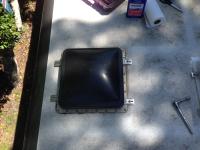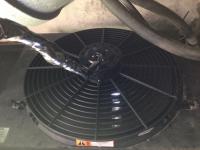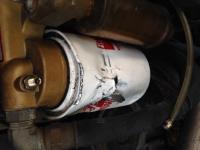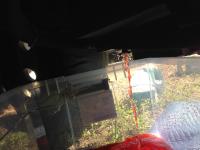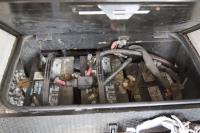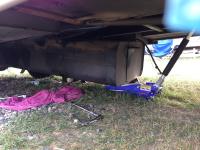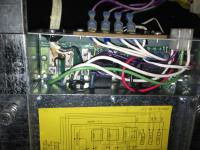Foretravel Powertech Generator Voltage Regulator Replacement
–
 Power Powertech Generator
I thought I’d detail our voltage regulator replacement on our generator. A lot of people have done this procedure wrong and their generators caught fire and burned up or worse.
This is how it’s done on ours.
Power Powertech Generator
I thought I’d detail our voltage regulator replacement on our generator. A lot of people have done this procedure wrong and their generators caught fire and burned up or worse.
This is how it’s done on ours.



